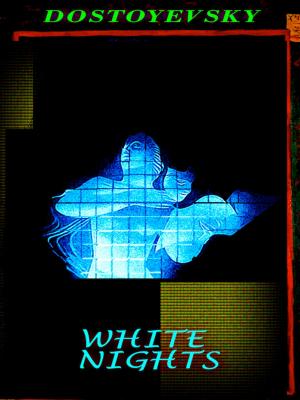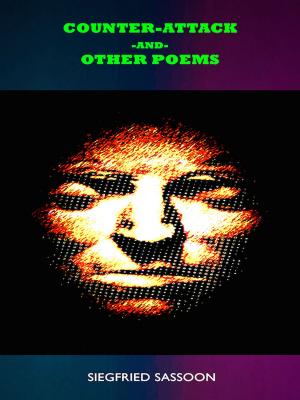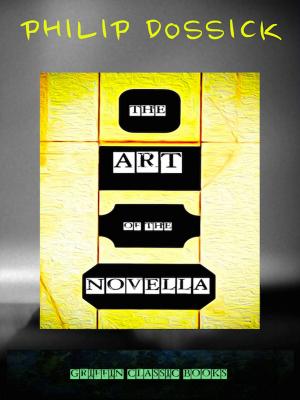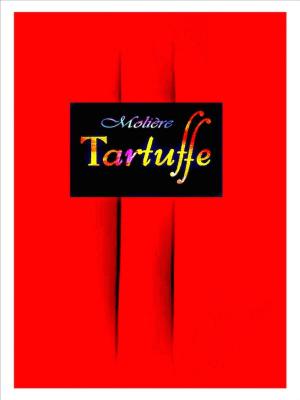| Author: | Alexander Kuprin | ISBN: | 1230002286655 |
| Publisher: | Editions Artisan Devereaux LLC | Publication: | April 22, 2018 |
| Imprint: | Language: | English |
| Author: | Alexander Kuprin |
| ISBN: | 1230002286655 |
| Publisher: | Editions Artisan Devereaux LLC |
| Publication: | April 22, 2018 |
| Imprint: | |
| Language: | English |
ALEXANDER KUPRIN (1870-1938) was a Russian novelist and short-story writer, one of the last exponents of the great tradition of Russian social realism.
His best-known novel, The Pit (Yama), is an overwhelming indictment of the timeless evil of prostitution. It is not without cause that YAMA has been called "the first and last honest work on the subject of prostitution."
It deals with the red-light district of a southern port city, focusing on the minutiae of the everyday life of the prostitutes, their housekeeping, economics, and social stratification; the business-like, daily commercial reckonings, the centuries-old science of amatory practice.
As Kuprin’s narrator in the novel puts it, “all the horror is just this—that there is no horror!”
Despite its locale, Kuprin’s “Yama” is fundamentally universal. All that is necessary is to change the kopecks into cents, pennies, sous or pfennigs.
Jennka may be Eugenie or Jeannette; and as for Yama, simply substitute Whitechapel, Montmartre, or the Barbary Coast.
These themes give “Yama” its power. It has been called disgusting and lurid. But so too are, perhaps, the outlandish painted images of a Goya.
All that remains is a petty trade, no better, no worse than, say, the trade in common foodstuffs.
ALEXANDER KUPRIN (1870-1938) was a Russian novelist and short-story writer, one of the last exponents of the great tradition of Russian social realism.
His best-known novel, The Pit (Yama), is an overwhelming indictment of the timeless evil of prostitution. It is not without cause that YAMA has been called "the first and last honest work on the subject of prostitution."
It deals with the red-light district of a southern port city, focusing on the minutiae of the everyday life of the prostitutes, their housekeeping, economics, and social stratification; the business-like, daily commercial reckonings, the centuries-old science of amatory practice.
As Kuprin’s narrator in the novel puts it, “all the horror is just this—that there is no horror!”
Despite its locale, Kuprin’s “Yama” is fundamentally universal. All that is necessary is to change the kopecks into cents, pennies, sous or pfennigs.
Jennka may be Eugenie or Jeannette; and as for Yama, simply substitute Whitechapel, Montmartre, or the Barbary Coast.
These themes give “Yama” its power. It has been called disgusting and lurid. But so too are, perhaps, the outlandish painted images of a Goya.
All that remains is a petty trade, no better, no worse than, say, the trade in common foodstuffs.
![Cover of the book The Pit [Yama] by Alexander Kuprin, Editions Artisan Devereaux LLC](https://www.kuoky.com/images/2018/april/500x500/1230002286655-LtGI_500x.jpg)














